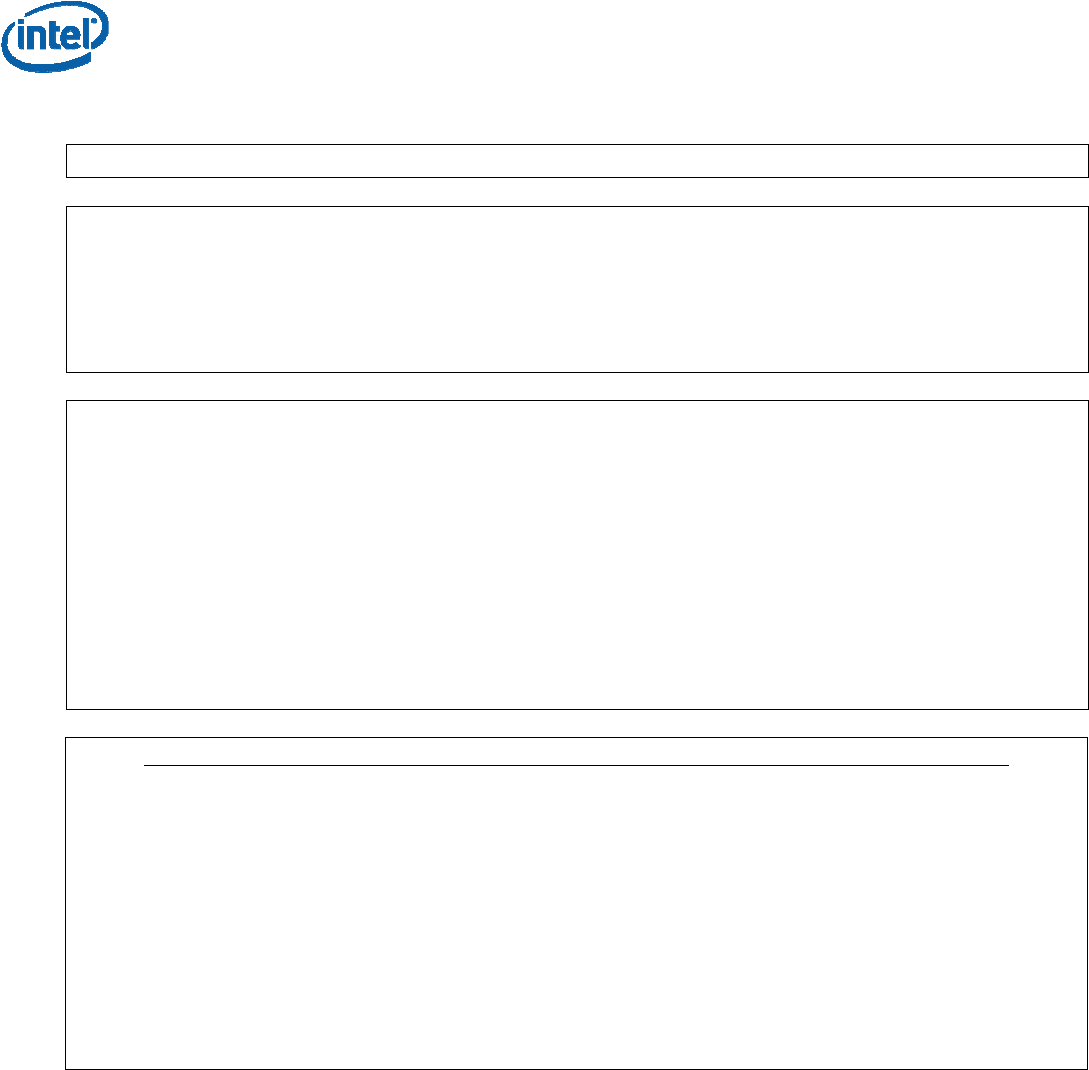user manual

IMPORTANT SAFETY & REGULATORY INFORMATION
DO NOT DISCARD – DOCUMENT MUST REMAIN WITH PRODUCT
Page 1 of 2 Monday, April 04, 2016
Model: A2RX (Sea Dunes) PRU Module – Regulatory Information
This device complies with part 15 of the FCC Rules. Operation is subject to the following two
conditions: (1) This device may not cause harmful interference, and (2) this device must accept any
interference received, including interference that may cause undesired operation.
Modifications made to this device, unless expressly approved by the manufacturer, may void the user’s
rights to operate this equipment.
Note: This equipment generates, uses and can radiate radio frequency energy and, if not installed and
used in accordance with the instructions, may cause harmful interference to radio communications.
However, there is no guarantee that interference will not occur in a particular installation. If this
equipment does cause harmful interference to radio or television reception, which can be determined by
turning the equipment off and on, the user is encouraged to try to correct the interference by one or
more of the following measures:
—Reorient or relocate the receiving antenna.
—Increase the separation between the equipment and receiver.
—Connect the equipment into an outlet on a circuit different from that to which the receiver is
connected.
—Consult the dealer or an experienced radio/TV technician for help.
Radio Frequency Exposure and Compatibility with Implantable Cardiac Medical Devices.
Wireless Power devices are designed to meet all applicable RF health and safety regulations prescribed
by individual countries around the world. Through complex testing procedures we have demonstrated to
appropriate country regulators that the RF emissions from our wireless power devices meet the basic
exposure restrictions set forth in ICNIRP or IEEE or similar international RF safety standards. Based on
readily available information, Intel’s wireless power device should not cause interference with any
implantable cardiac device. However because each cardiac device can be different and some may be
affected by low powered RF fields, individuals wearing implantable cardiac devices should not be in
very close proximity ( or direct contact) with the wireless power device. Individuals should discuss any
concerns about the compatibility of their medical device with their physician or medical device
manufacturer.

IMPORTANT SAFETY & REGULATORY INFORMATION
DO NOT DISCARD – DOCUMENT MUST REMAIN WITH PRODUCT
Page 2 of 2 Monday, April 04, 2016
This PRU module shall be integrated into host systems in accordance with the Intel Integration Guide.
This device has been approved as a module by the FCC. To leverage this approval the module must be
installed as described in the Integration Guide and with consideration to the following:
The Bluetooth module has been approved by FCC to operate with the antenna types listed below with
the maximum permissible gain and required antenna impedance for each antenna type indicated.
Antenna types not included in this list, or having a gain greater than the maximum gain indicated for
that type, are strictly prohibited for use with this device without additional certification under a Class 2
Permissive Change or separate, stand-alone filing.
IFA antenna type, 2.6 dBi gain, nominal 50ohm impedance.
The approval only covers the Bluetooth functions of the module. The module and host system into
which the module is installed needs to comply, as a system, with FCC Part 18 consumer device
requirements when in the wireless charging mode. It is recommended that this mode be tested with the
PTU (Power Transmit Unit) you are marketing with your system. If you are not manufacturing a PTU
then this testing may be performed with any commercially available PTU that supports wireless
charging of your device.
In addition the host system, with PRU installed, needs to comply with all pertinent regulatory
requirements applicable to the host system. For example, when integrated into a laptop the system shall
comply with the technical requirements and approval procedures for a Part 15 Subpart B digital device.
Compliance of any other transmitters located within the host with the relevant technical requirements
should be demonstrated with the PRU installed. For rf exposure compliance note that the Bluetooth
transmitter in the PRU module is only active when the system is wirelessly charging and so the
exposure condition (portable versus mobile) will depend on relative locations of the other transmitting
antennas to people when in the wireless charging mode.
Unless the FCC ID (and Industry Canada number) on the PRU module are visible to the end user the
host system shall identify the FCC ID of the module on its regulatory label. This label needs to be
visible to the end user at the time of purchase (refer also to the FCC KDB 784748 D01, KDB 784748
D02 and KDB 784748 D03) and must include the words: Contains FCC ID: 2AGRJ-A2RX.
The regulatory information on page 1 of this document shall be reproduced in the host system manual.
For additional information on modular approvals refer to KDB 996369 D01 and KDB 996369 D02.